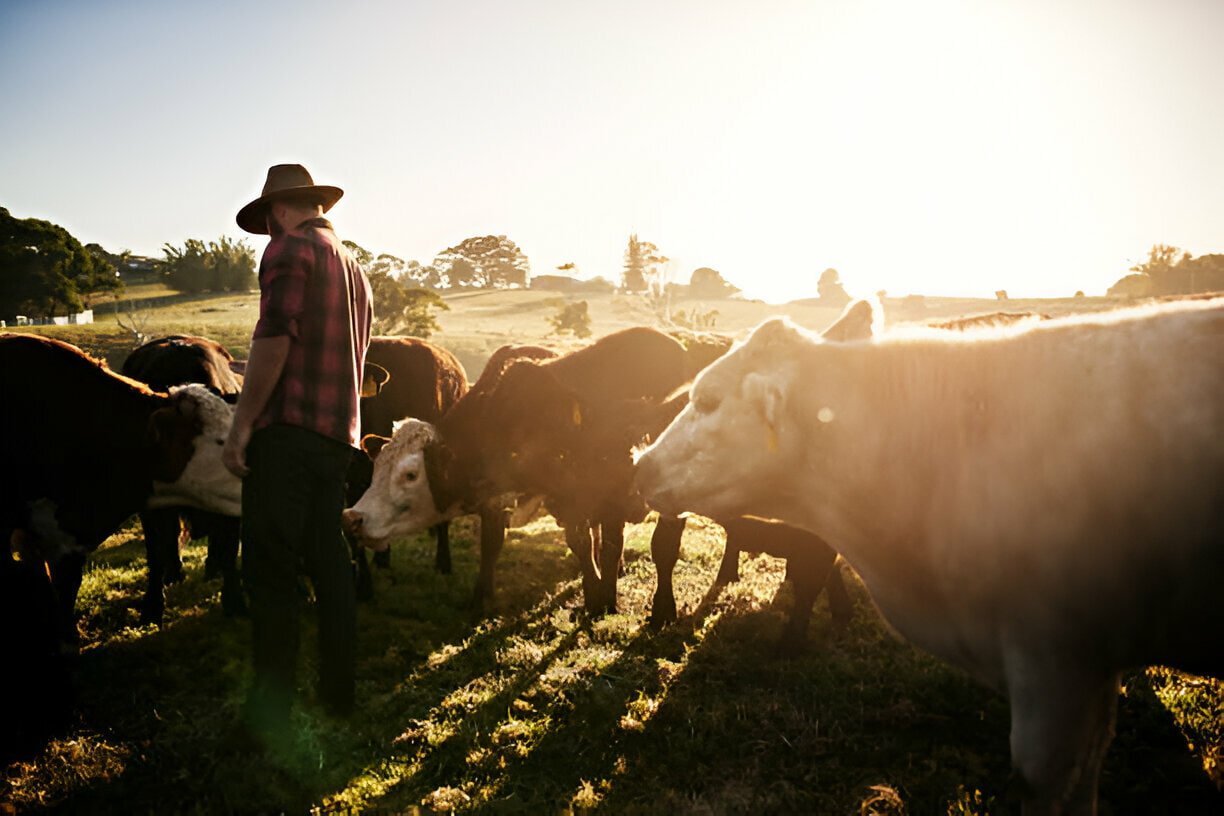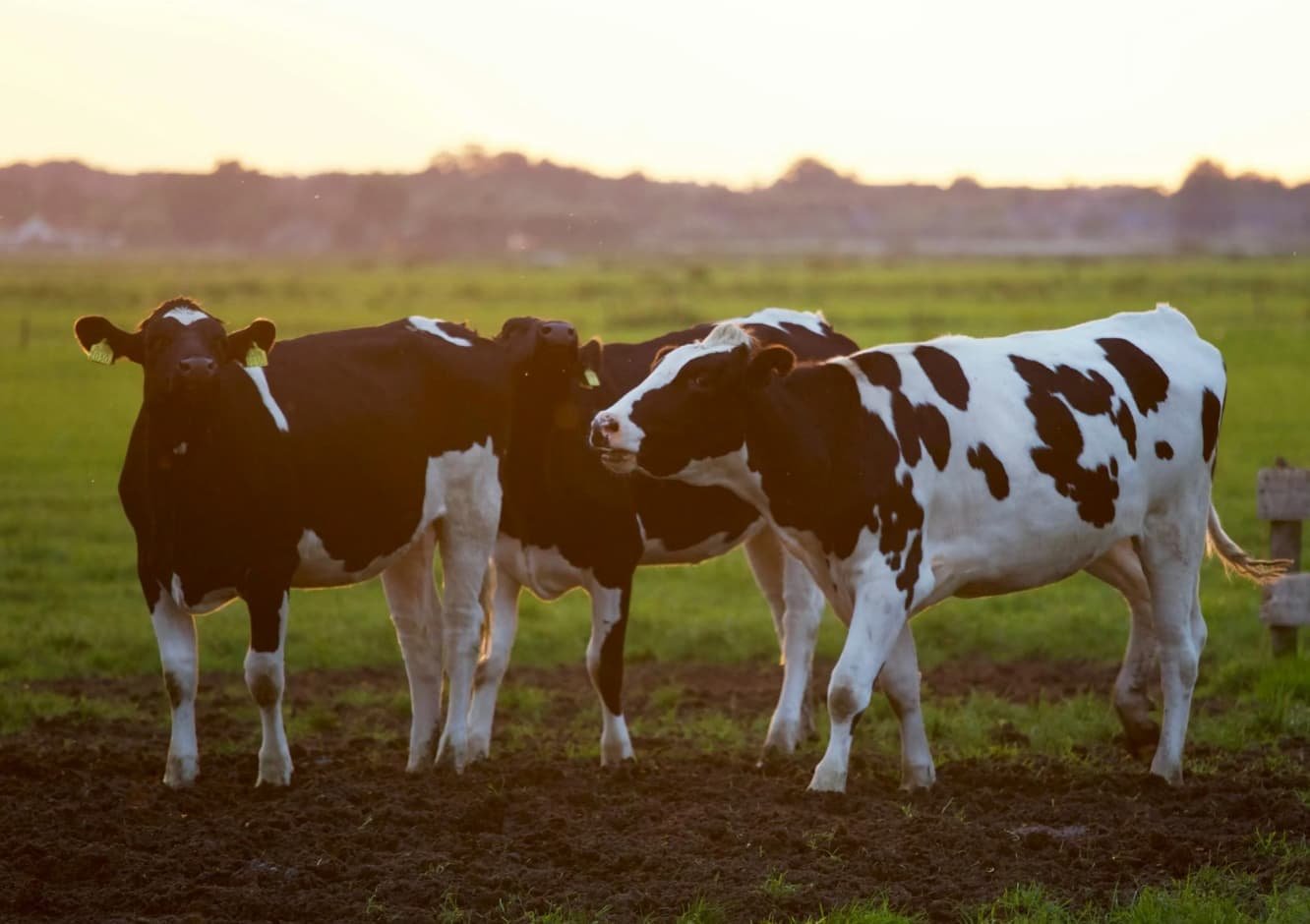Livestock
Livestock means stock that is live and is used for production of items for commerce and or domestic consumption. Generally, the term is used to denote farm animals.
Livestock especially cattle are the backbone of agriculture. Bullock, camels and equines provide the necessary power for effective tillage and transport of commodity from place to place.

Buffalo and cow provide milk, while sheep and goat provide meat, wool and hair for large section of population. Pigs are the only source of animal protein for the poor and downtrodden.
Livestock sector plays an important role in socio-economic development of rural households. It contributes about 6 percent to the Gross Domestic Product and 25 percent to the Agricultural Gross Domestic Product. Over the last two decades, livestock sector has grown at an annual rate of 5.6 percent, which is higher than the growth of agricultural sector (3.3 percent). This suggests that livestock is likely to emerge as an engine of agricultural growth in the coming decades.
It is also considered as one of the potential sectors for export earnings. The importance of livestock goes beyond its food production function.
It provides draught power and organic manure to crop sector and hides, skin, bones, blood and fibers to the industrial sector. Livestock sector also makes significant contributions towards conservation of environment.
Livestock sector supplements income from crop production and other sources and absorbs income shocks due to crop failure. It generates a continuous stream of income and employment and reduces seasonality in livelihood patterns particularly of the rural poor.

